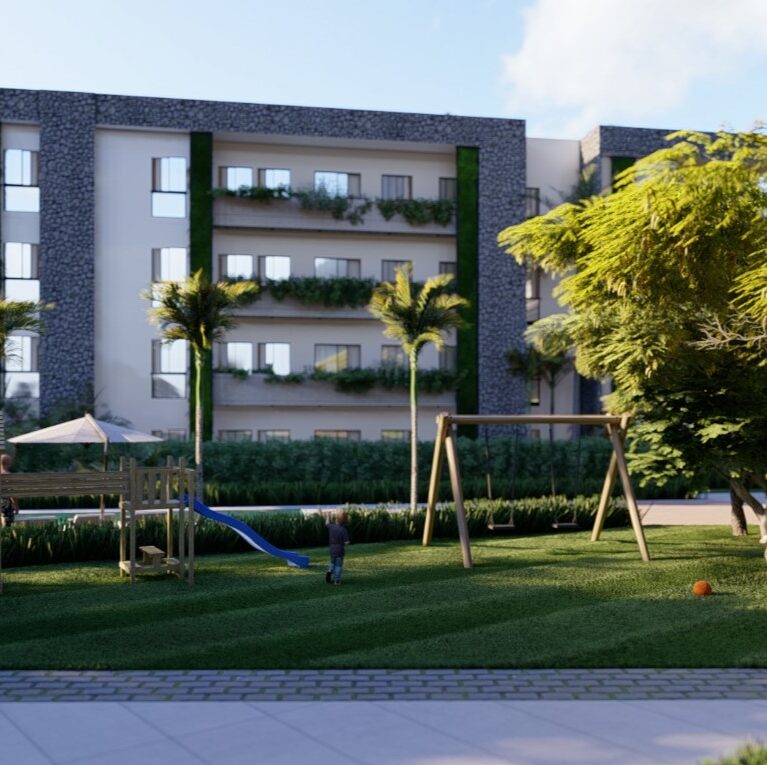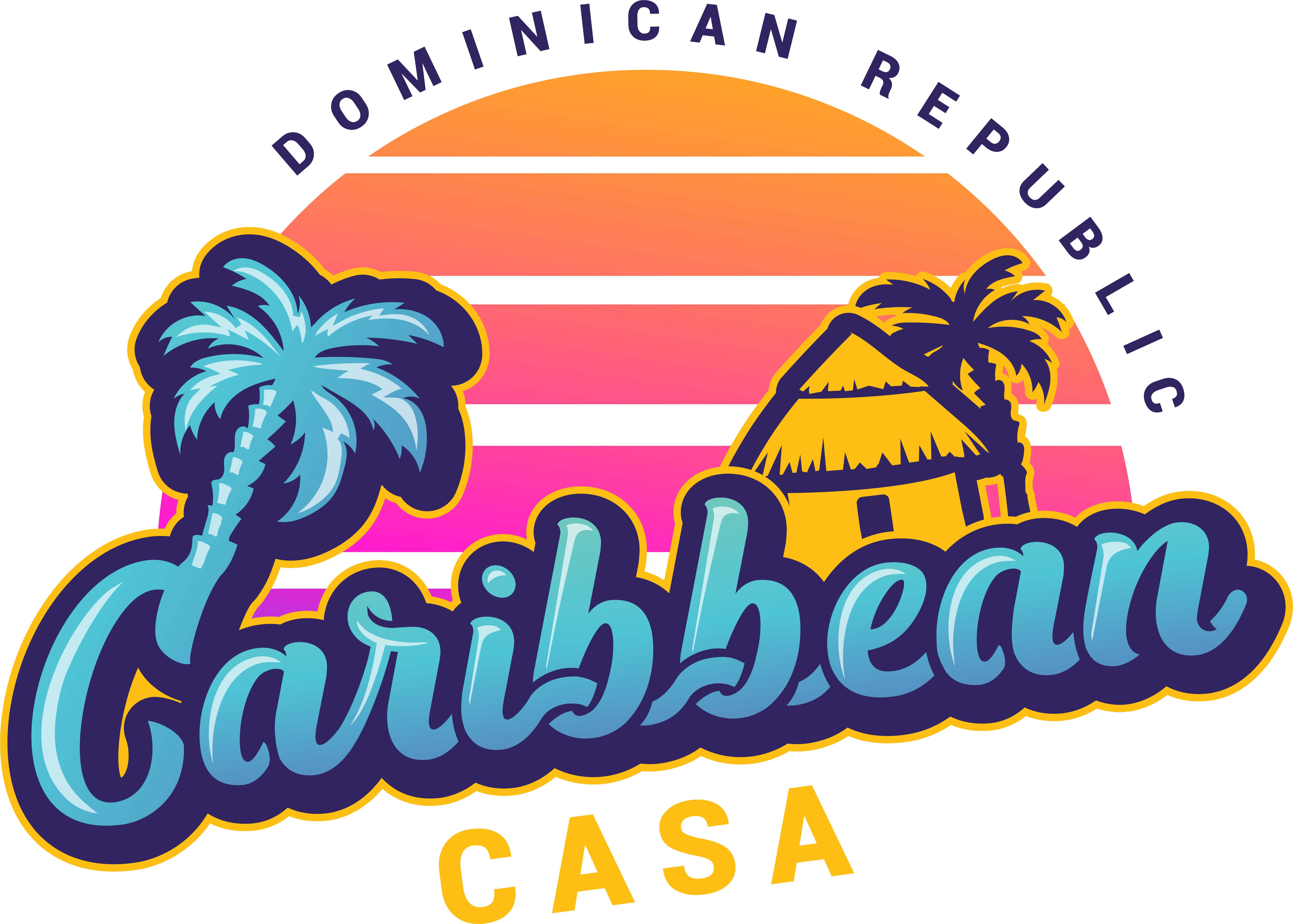Language
The official language of the Dominican Republic is Spanish. And like many of its Latin counterparts, Dominicans have their own accent, colloquialisms, and idioms. They are particularly famous for being incredibly fast speakers, projecting words a mile a minute.
They abbreviate, skip syllables, and don’t pronounce certain letters–such as the plural “s” (for example, they say La Terrena when referring to Las Terrenas).
Not knowing Spanish, however, is not a problem: English is widely spoken in the tourist areas. Tour guides and hotel staff across multiple regions are also well versed in multiple languages, including Italian, French, German, and Russian, among others.
Climate
Thanks to its Caribbean location, the Dominican Republic is a sunny year-round destination. Whether in the high altitude regions or in the cities, it is rare not to see blue skies during the day.
The months of December through early March–coinciding with the coldest winters in North America and Europe–boast the most pleasant weather. Mornings and evenings have cool breezes with temperatures as low as 18°C (65°F), while daytime temperatures hover between a perfect 25°C (77°F) and 27°C (80°F). In the mountainous and hilly parts of the country, including Jarabacoa and Constanza, temperatures can drop even more significantly, with days starting at 10°C (50°F) and some nights below zero degrees.
Summertime is the warmest and rainiest season in the country, and humidity is at its most intense from April to October. Temperatures hover at 32°C (90°F) at the peak of the day, and rainstorms are more frequent but short lasting.
Packing
Packing for the DR means bringing a layered assortment of clothing, tailored to your chosen destination. Bring your swimwear, cotton long sleeves for sun-protection, and shorts for the beach, but also pack casual daytime clothes for city visits–avoid wearing shorts in Santo Domingo–or to enter important sights. Keep in mind that walking around in your bathing suit is acceptable on the beach, by the pool, or in outdoor areas of your resort, but not in the streets, supermarkets, or resort restaurants.
Dominicans dress up and keep their appearance neat at all times, especially when stepping out in the evenings. Pack a couple of nice outfits for dining out and nightlife.
If you’re headed to the mountainous, central towns of Jarabacoa and Constanza, or even in the hills of Puerto Plata, you will need long sleeves, a cardigan, and pants–for hiking protection, but also because temperatures are lower in these parts. It gets cold at night, and in the morning.
Aside from clothing, be sure to bring any prescription drugs, your preferred sunscreen–limited brands are available here–a hat, sunglasses, and mosquito repellent. If spending significant time traveling to the countryside, bring a book or two, and your headphones.
The DR is a modern destination, and you’ll find everything you need in multiple shopping centers around the country’s major hubs–from toy stores to clothing, pharmacies, and grocery stores. Just keep in mind that imported items will cost more than in your home country.
Money
The local currency is the Dominican peso (RD$). The daily rate fluctuates depending on the day and the location of exchange. Keep these numbers in mind as a general guideline:
RD$100 = US$2
RD$500 = US$10
RD$1,000 = US$20
United States dollars and Euros can be readily exchanged in banks, or in authorized exchange offices around the country. Some exchange offices also accept the following currencies: Canadian dollar, Swiss franc, Danish krone, British pound, Japanese yen, Scottish pound, Swedish krona, and Norwegian krone.
ATMs are widely available from a variety of established banks, including Scotiabank and Banco Popular. They are safe to use for withdrawals in the local currency. They also provide the best exchange rates. Choose an indoor location and stick to daytime use.
The Spanish word for ATM is cajero. For help in determining the amount you want to withdraw, download and use a free handy app like XE. ATMs from Banco Popular, Banco BHD León, Banco Progreso, and Scotiabank accept North American bank cards, and offer an English or Spanish language menu. As a tip, you will often find ATM machines in airports, supermarkets, major resorts, and shopping malls.
Tipping
Restaurant bills automatically include a 10% service charge–apart from the 18% sales tax that you will see listed as ITBIS. It is customary and good practice, however, to leave an additional 10% to ensure the server receives a tip.
Taxis do not receive gratuity, but if you feel you received exceptional service or had a specific situation in which the driver helped, feel free to reward the service.
Electricity
Electricity in the Dominican Republic operates at 110 volts. This means that visitors coming from the United States and Canada will not need adapters, and can plug in directly into electric outlets. Travelers coming from Europe or other regions operating at 220 volts, however, will need to bring adapters and converters. While the larger resorts keep a few handy at the front desk, it is best to bring your own to avoid disappointment. Major resorts have generators to cope with any street power outages. If staying outside of resort areas, in a small hotel, or in the countryside, keep in mind that there can be frequent power irregularities and surges. This means you should protect your electronic appliances, unless they have a built-in surge protector.

Health & Safety
Stay hassle-free with these key health and safety tips.
Water
Tap water is not safe to drink from the tap, and do not ingest it from the shower.
Purchase bottled water at all times for drinking. Hotels often provide a couple of free bottles a day for each room, or have purified bottled water with dispenser available for guest use. Local colmados or corner stores, and supermarkets also sell plenty of water.
Sun protection
The sun is very strong in the Caribbean, and hits even on cloudy days. Whether on the beach, on a boat trip, or walking around a city, be sure to wear sunblock at all times.
Bringing your own preferred brand is best. Sunscreen is sold here, but you may or may not find the kind you prefer, and it will be costlier in the resorts and shops.
When hiking, at the beach at sunset, or staying in the countryside, wear mosquito repellent to prevent mosquito bites. Wearing long sleeve cotton tops or pants is recommended when hiking.
Personal Safety
Common sense rules while traveling across the DR, as with any destination.
Medical Care & Emergencies
Tourist zones and cities are equipped for modern medical care, with private hospitals, clinics, and qualified personnel for all age patients.
For emergencies, including an ambulance, firefighters, and police, dial 911. You can also first contact the CESTUR office in your area–the Specialized Tourist Security Corp, trained and assigned specifically to assist visitors. If you are the victim of a crime, CESTUR officers will help file a report and seek any other assistance as needed.
Hospitals Near Punta Cana
Hospitals near Boca Chica:
Shopping Hours
Most businesses operate from 8:30am-9am until 5pm-6pm on weekdays, until 1pm on Saturday, and close on Sunday. In the cities, large shopping malls and supermarkets are an exception–they close at 9pm on weekdays, and open on Sundays from 9am until 8pm.
Restaurants usually remain open and serve food until 10pm-12am, Sunday to Thursday, and until 2am on Friday and Saturday. Holidays have a special schedule–be sure to check each establishment’s policy on their website or social media pages.
Like its infrastructure, the DR’s telecommunications services are among the most wide- ranging and advanced in the Caribbean, from local cellular phone service to Internet access options. The two largest and most ubiquitous communications providers in the country are Claro and Orange.
Smartphones & Sim Cards
The most affordable way to stay in touch and make calls while in the DR, especially on an extended trip, is to have your own phone number. Head to either a Claro or Altice location–they are sometimes located within a shopping malls or supermarkets–and purchase a new SIM card for less than US$5. This usually includes about ten minutes of free local calls. You must bring:
Once you have a working phone and number, you will be able to top up your phone credit in any amount you choose around the country. Phone credits are also available through the Banca booths located all over town and city centers, which also sell lottery tickets. You simply give them your number, and indicate the amount you’d like to add

